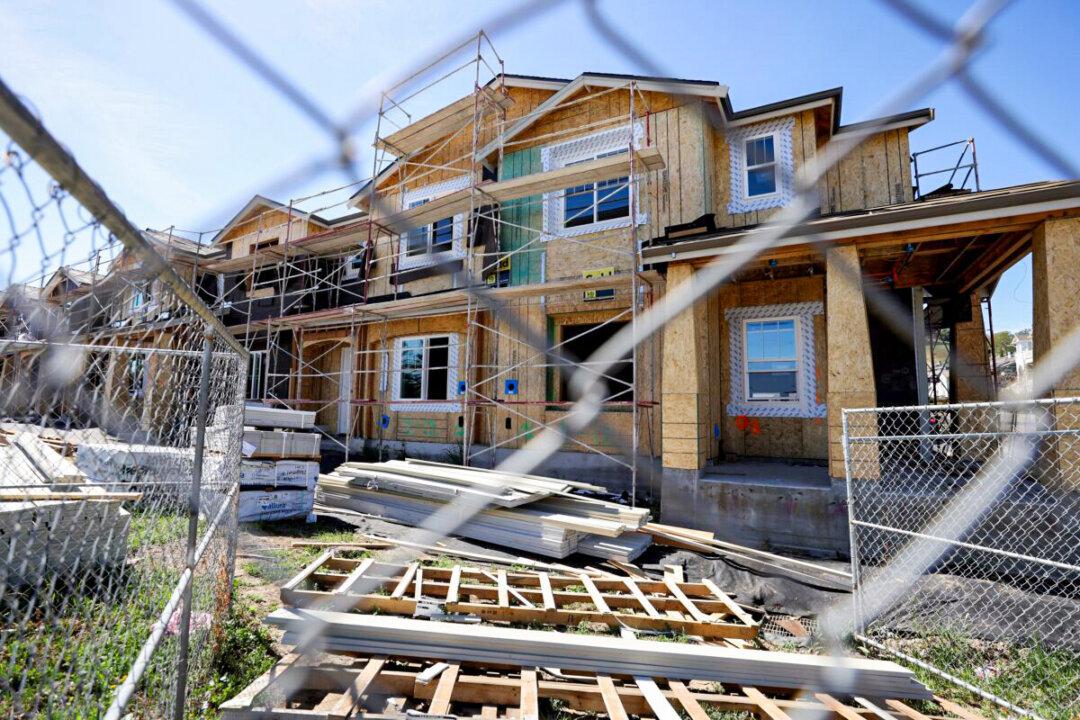U.S. homebuilding fell to its lowest level in 13 months in May, according to the latest monthly new residential construction data released by the U.S. Census Bureau and the U.S. Department of Housing and Urban Development.
“Privately‐owned housing starts in May were at a seasonally adjusted annual rate of 1,549,000,” a June 16 press release said. “This is 14.4 percent below the revised April estimate of 1,810,000 and is 3.5 percent below the May 2021 rate of 1,605,000. Single‐family housing starts in May were at a rate of 1,051,000; this is 9.2 percent below the revised April figure of 1,157,000. The May rate for units in buildings with five units or more was 469,000.”





